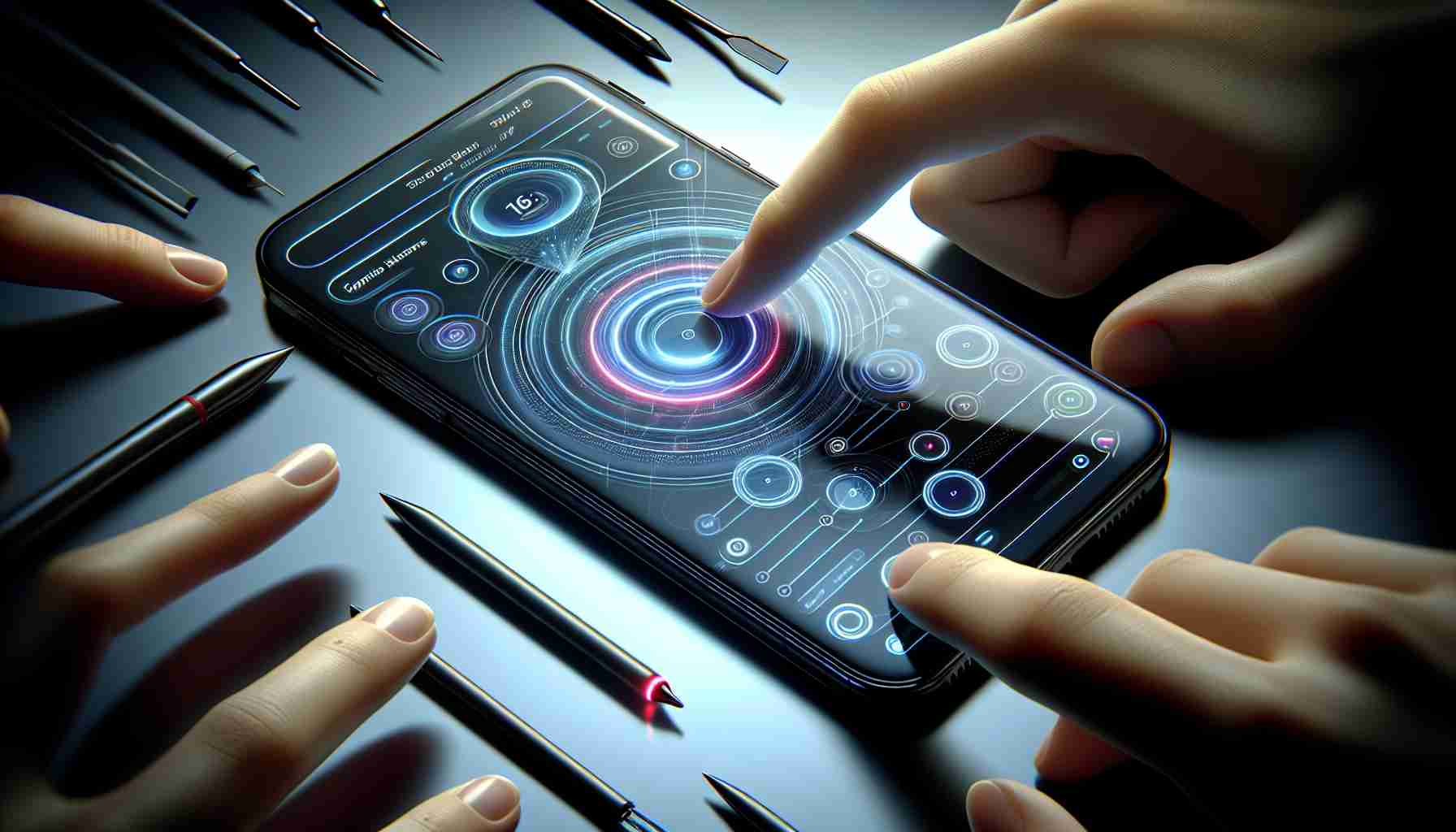The anticipated shift in iPhone design comes to fruition as Apple takes steps to adopt touch-based controls.
Rumors about Apple eliminating physical buttons on their iPhone models have circulated for a while now. In a significant development, the tech giant seems to be moving towards introducing capacitive touch buttons on the iPhone 16, suggesting a futuristic tweak to their iconic phone design.
Last year’s speculation hinted at the iPhone 15 embracing capacitive controls, but this transition faced delays and was eventually set aside. Challenges in production were the primary cause for the postponement of this feature which had been anticipated with high interest among Apple enthusiasts.
The Economic Daily News has recently shed light on Apple’s collaboration with Advanced Semiconductor Engineering, signaling the preparation of capacitive buttons for this year’s iPhone iteration. This collaboration is likely to see the integration of a system-in-package module specifically aimed at replacing the iPhone’s physical buttons.
This new report indicates a dual-purpose upgrade, as not only will the iPhone’s side buttons convert to touch-sensitive but they will also be accompanied by tactile feedback. This touch-feedback integration is expected to necessitate the incorporation of additional Taptic Engines on either side of the device to simulate the sensation of pressing a real button.
While skepticism still looms around the timeline of this development, reports emphasize the need for Apple to procure multiple system-level package modules to facilitate this major design change. Sun Moon Light Investment Control is noted to play a key role in supplying these modules exclusively.
For iPhone users, a button-less design could mean a sleeker, more seamless device experience – if the company’s plans to infuse their hardware with this touch technology come to pass as indicated by recent reports. The idea of capacitive buttons aligns with the brand’s drive toward innovation and minimalistic design aesthetics.
Understanding Apple’s Move Towards Capacitive Buttons in the iPhone 16
The technology landscape anticipates significant changes as Apple reportedly moves toward implementing capacitive touch buttons in the upcoming iPhone 16 model. While the article focuses on the specifics of this transition, several related aspects can add depth to the discussion.
One such aspect considers the evolution of Apple’s design philosophy. Over the years, Apple has steadily moved towards a more streamlined design for the iPhone, beginning with the removal of the headphone jack in the iPhone 7 and the home button in the iPhone X. The adoption of capacitive buttons is in line with Apple’s trend toward a completely seamless design, further reducing the moving parts in their devices which can enhance the device’s durability by minimizing mechanical failure.
However, some challenges are associated with the move to capacitive buttons. From an engineering standpoint, ensuring that the capacitive buttons are responsive and reliable under various conditions—including the user’s touch sensitivity, cases, and environmental factors—remains crucial. Controversies may also arise from concerns about accessibility, as physical buttons provide tactile feedback that is helpful for users with visual impairments.
Advantages of capacitive buttons include a sleeker phone design and potentially increased water and dust resistance, as the absence of physical buttons can allow for a more tightly sealed unit. Additionally, capacitive buttons could offer more flexible touch controls and customizations.
Disadvantages, on the other hand, might include accidental presses, lack of physical feedback which some users may prefer, and potential for problems when the device frezzes or crashes, as physical buttons can serve as a fail-safe for forced restarts.
It’s important to note that as technology improves, Apple also enhances the ‘Taptic Engine’ to produce haptic feedback that mimicks the sensation of pressing a physical button. Yet, whether such haptic simulation can fully replace the assurance of mechanical buttons’ tactile cues remains a subject of user preference.
Given the anticipation for the iPhone 16 and its potential new features, consumers and tech enthusiasts alike will be closely monitoring Apple’s announcements. Those interested in staying up-to-date with Apple’s endeavors could visit Apple’s official website.
Key Questions Answered:
– How does the move to capacitive buttons fit within Apple’s design philosophy?
It fits within their long-standing trend toward minimalist and seamless designs, while also potentially improving the device’s durability by reducing moving parts prone to wear and mechanical issues.
– What are some of the challenges associated with capacitive buttons?
Challenges include ensuring reliability and responsiveness, maintaining device accessibility, and mitigating potential accidental inputs.
– What advantages do capacitive buttons present?
Advantages include a sleek design, the possibility of enhanced water and dust resistance, and customizable touch controls.
– What are the disadvantages?
Disadvantages could involve issues with accidental presses, the potential need for more robust software solutions for force restarts, and ubiquitous reliance on the Taptic Engine for feedback which may not satisfy all users’ preferences.
The source of the article is from the blog japan-pc.jp
